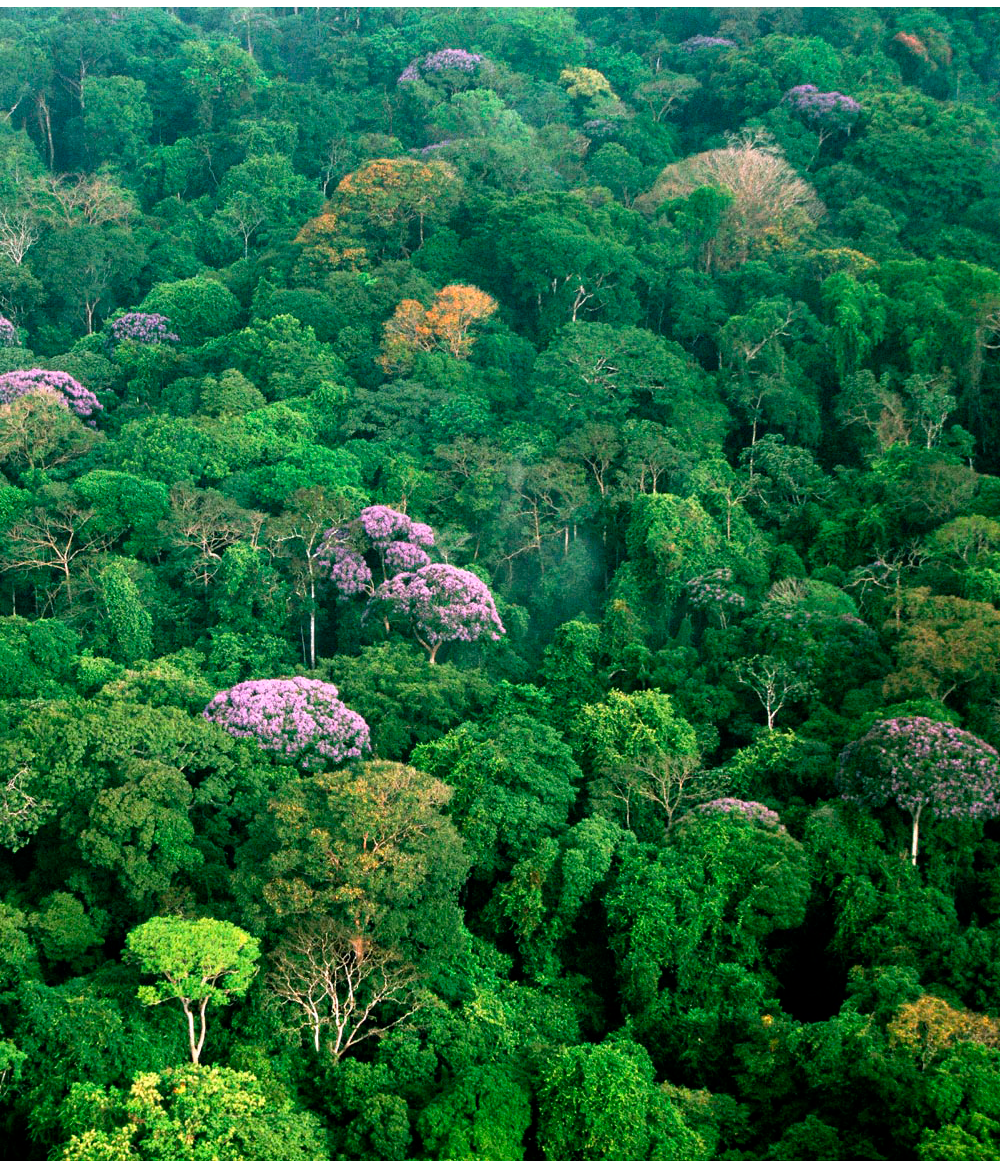Panama has some of the most incredible forested land. That said, a lot of land was cleared hundreds of years ago to make way for pastures and cattle raising. Some areas were left barren and it changed the climate to such an extent that deserts were formed. Reforestation and responsible forestry practices could change a lot of that.
The activity involves large upfront investments with long-term gains, which requires tax incentives and direct government support.
Capital.com.pa reports: “A recent study by the United States Agency for Cooperation (USAID) (…), said that in a scenario in which there was intervention in only 200 thousand of the 2 million hectares of degraded land in the country, at 10,000 hectare per year and for a period of 20 years a cumulative investment of less than $3.065 million would be needed. ” However, the lack of laws to encourage investment in reforestation projects prevents the development of the country’s full potential.
If only 200,000 hectares were reforested, the State would receive revenues of $1.164 billion in 20 years, thanks to the taxes from companies engaged in the activity. It is estimated that when the time frame begins for taking advantage of these reforested areas, from year 20 to year 40, exports of forest products will rise to $656 million a year, 2852.2% more than the $23 million that is currently exported .
According to Marisa Vallarino, president of the National Association of Panama Reforestation and Related Companies (Anarap) in order to realize this economic, social and environmental potential, the State must be a partner to a self-sustaining forestry industry, as has happened in other countries in the region such as Chile, Colombia, Guatemala and Ecuador.
Vallarino added that the lack of incentives has meant that there is little interest from banks in supporting reforestation projects, who consider that it is an investment in which economic benefits can only be seen in the very long term.
Source: Capital.com.pa
